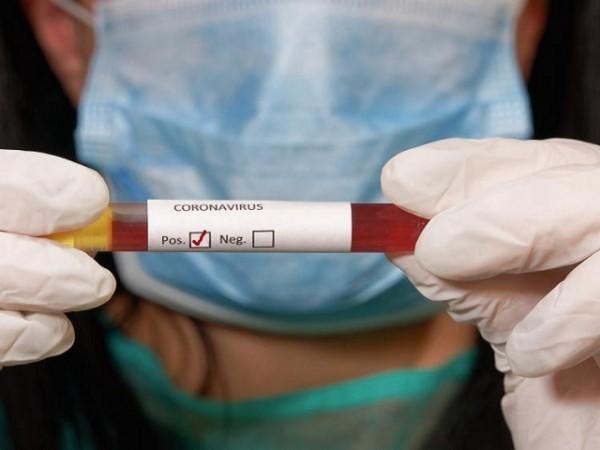Oil prices plunged around 25% on Monday, heading towards their biggest daily loss since 1991 after Saudi Arabia slashed prices and set plans for a big increase in crude production in April.
Prices fell as much as 31% following the Saudi move to start a price war after Russia balked at making the further steep output cuts proposed by OPEC to stabilize oil markets hit by worries over the global spread of the coronavirus.
Brent crude futures were down $11.31, or 25%, at $33.96 a barrel by 0319 GMT, after earlier dropping to $31.02, their lowest since Feb. 12, 2016. Brent futures are on track for their biggest daily decline since Jan. 17, 1991, at the start of the first Gulf War.

US West Texas Intermediate (WTI) crude fell by $10.73, or 26%, to $30.55 a barrel, after touching $30, its lowest since Feb. 22, 2016. The US benchmark is also heading for its biggest falling since January 1991.
"I think all forecasts are out the window," said Jonathan Barratt, chief investment officer at Probis Securities in Sydney. "It seems like a race to the bottom to secure order(s)."
The disintegration of the grouping called OPEC+ - made up of OPEC plus other producers including Russia - ends more than three years of cooperation on supporting the market, most recently to stabilize prices under threat from the economic impact of the coronavirus outbreak.
Saudi Arabia plans to boost its crude output above 10 million barrels per day (bpd) in April after the current deal to curb production expires at the end of March, two sources told Reuters on Sunday.
The world's biggest oil exporter is attempting to punish Russia, the world's second-largest producer, for not supporting the production cuts proposed last week by the Organization of the Petroleum Exporting Countries (OPEC).
Saudi Arabia, Russia and other major producers battle for market
Saudi Arabia, Russia and other major producers last battled for market share like this between 2014 and 2016 to try to squeeze out production from the United States, which has grown to become the world's biggest oil producer as flows from shale oil fields doubled its output over the last decade.
"Saudi Arabia and Russia are entering into an oil price war that is likely to be limited and tactical," Eurasia Group said in a note.
"The most likely outcome of this crisis is entrenchment into a painful process that lasts several weeks or months until prices are low enough to change fundamental views in Moscow and Riyadh back (to) some form of compromise on resumed OPEC+ production restraint," Eurasia said.
Saudi Arabia opened the war by cutting its official selling prices for April for all crude grades to all destinations by between $6 and $8 a barrel.
Virus impacts demand

Meanwhile, China's efforts to curtail the coronavirus outbreak has disrupted the world's second-largest economy and curtailed shipments to the biggest oil importer.
And the spread of the virus to other major economies such as Italy and South Korea and the growing number of cases in the United States have increased concerns that oil demand will slump this year.
Major banks such as Morgan Stanley and Goldman Sachs have cut their demand growth forecasts, with Morgan Stanley predicting China will have zero demand growth in 2020. Goldman sees a contraction of 150,000 bpd in global demand.
Goldman Sachs cut its forecast for Brent to $30 for the second and third quarters of 2020. In other markets, the dollar was down sharply against the yen, Asian stock markets were set for big falls, and gold rose to its highest since 2013 as investors fled to safe havens.

















